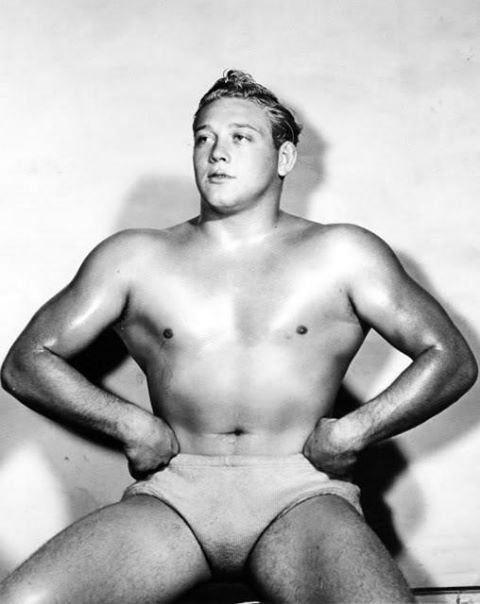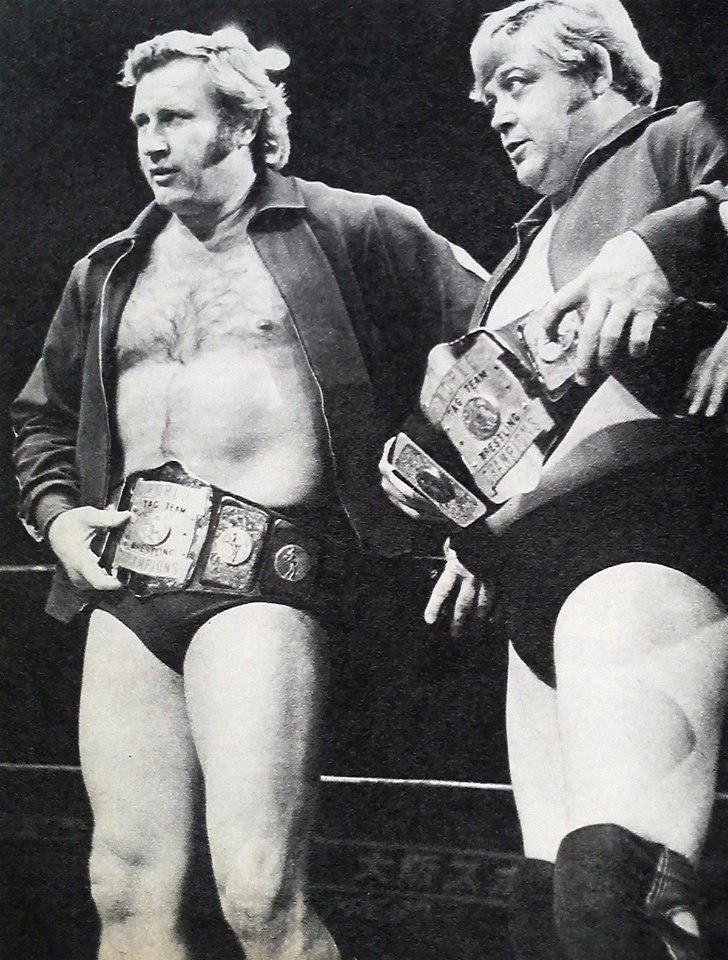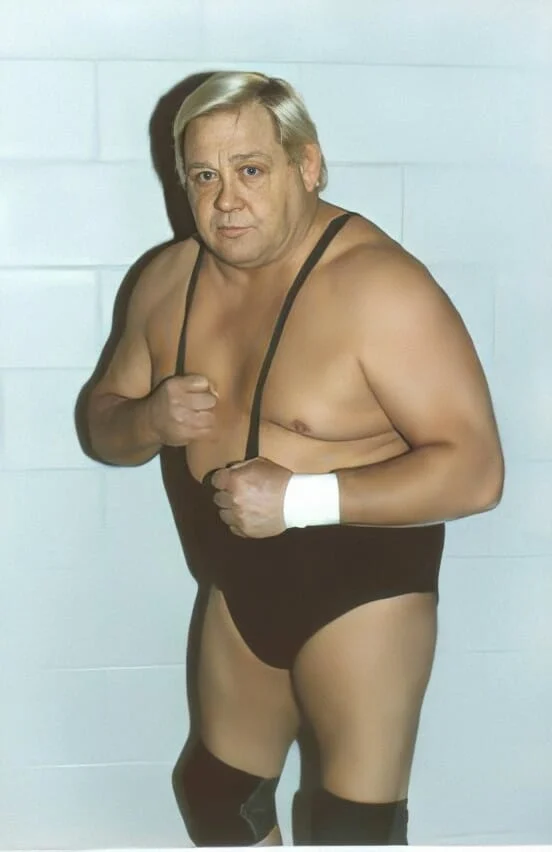Ray Stevens Then and Now
Ray Stevens Then
Ray Stevens, born on September 5, 1935, in Point Pleasant, West Virginia, began his journey into the world of professional wrestling at a young age.
Raised during the Great Depression, Stevens moved to Columbus, Ohio, where he was nurtured by his aunt.
His early exposure to wrestling came through his work with Al Haft when he was just 15 years old.
This formative period was crucial, as Stevens quickly established himself in the wrestling community with the guidance of notable mentors, including the legendary “Nature Boy” Buddy Rogers.

Ray Stevens Wrestling Career
Stevens’ wrestling career took off during the 1950s, a decade that marked his transition from a young wrestler into a prominent figure in the industry.
His initial exposure to main-event wrestling came through his involvement with the flamboyant Gorgeous George, a renowned heel of the era.
At just 17 years old, Stevens made a significant impact by working alongside George, which catapulted him into the spotlight as a main event star.
Related Article: Baron Von Raschke Then and Now
His early career was characterized by his role as a villain, though he occasionally embraced a face persona.
Stevens’ distinctive finishing move, the “Bombs Away” knee drop, became a signature of his wrestling style, showcasing his ability to captivate audiences with high-impact maneuvers.
Ray Stevens’ career trajectory saw him evolve from a young wrestler into one of the most respected figures in professional wrestling.
His career began to gain momentum in the late 1950s as he formed a tag team with Don Fargo, known as Ray and Don Stevens.
Related Article: Koko B. Ware Then and Now
This partnership laid the groundwork for Stevens’ later successes in the ring.
One notable achievement was his partnership with “Professor” Roy Shire, where the duo, known as the Shire Brothers, captured the NWA World Tag Team Championship on August 6, 1959, by defeating Dick the Bruiser and Angelo Poffo.
The Shire Brothers became a significant draw, particularly due to their involvement in high-profile angles and matches.
Related Article: Bob Holly Then and Now
Stevens’ career continued to flourish as he moved to San Francisco in 1961 to work with Big Time Wrestling.
His time in the Bay Area solidified his reputation as a top heel, particularly through his feuds with Pepper Gomez.
Stevens’ innovative tactics and high-flying moves, such as the Turnbuckle Flip, became crowd favorites, further establishing his place in wrestling history.
Related Article: Don Kernodle Then and Now
Despite his persona as a villain, Stevens’ wrestling prowess earned him accolades as both the most hated and the most popular wrestler in fan surveys conducted in 1962.
Throughout the 1960s, Stevens’ career was marked by significant accomplishments, including multiple NWA World Tag Team Championship wins and memorable feuds.
His time in the American Wrestling Association (AWA) from 1971 to 1976 was notable for his success as a tag team wrestler alongside Nick Bockwinkel and Pat Patterson.
Related Article: Rene Goulet Then and Now

The “Blond Bombers” became a dominant force in the tag team division, capturing numerous titles and engaging in high-profile matches.
Stevens’ later years saw him transition between various wrestling promotions, including the World Wide Wrestling Federation (WWWF) and the WWF (formerly WWWF).
His feuds with notable wrestlers such as Pedro Morales and Bob Backlund showcased his versatility and ability to adapt to different wrestling styles.
Related Article: Angelo Mosca Then and Now
Despite physical challenges and evolving industry trends, Stevens remained a prominent figure in professional wrestling, culminating in his final years with the AWA and a brief return to the WWF.
Overall, Ray Stevens’ career was marked by his ability to entertain and captivate audiences with his dynamic in-ring skills and charismatic persona.
His contributions to the world of professional wrestling left an indelible mark, earning him a place among the legends of the sport.
Related Article: Randy Savage Then and Now
Ray Stevens Wrestling Competition
- NWA World Heavyweight Championship
- NWA World Tag Team Championship (with Roy Shire, Pat Patterson, Nick Bockwinkel)
- NWA United States Championship
- AWA World Tag Team Championship (with Nick Bockwinkel, Pat Patterson)
- WWWF World Heavyweight Championship (challenged)
- NWA World Tag Team Championship (with various partners)
- WWWF World Tag Team Championship (with various partners)
Ray Stevens’ Personal Life
In 1952, Ray Stevens married Theresa Theis, a fellow wrestler who played a significant role in his early career.
This, not only a skilled wrestler but also a trainer, was instrumental in refining Stevens’ wrestling techniques during the initial stages of his career.
Her expertise and support were crucial as Stevens transitioned from a young talent into a rising star in the professional wrestling world.
Related Article: Lanny Poffo Then and Now
Their marriage lasted until 1972, marking a significant period in Stevens’ life both personally and professionally.
Stevens also ventured into acting, further showcasing his versatility beyond the wrestling ring.
He appeared in the 1974 film The Wrestler, which provided a glimpse into the world of professional wrestling through a dramatic lens.
This appearance was a notable moment in Stevens’ acting career, highlighting his ability to crossover into film.
Related Article: Sam Houston Then and Now
Additionally, Stevens featured in the 1978 Sylvester Stallone film Paradise Alley, which is set in the world of wrestling and further underscored his connection to the sport.
These film roles allowed Stevens to explore different facets of his talents and contributed to his legacy both inside and outside the wrestling arena.
Related Article: Pez Whatley Then and Now
Ray Stevens Now

Ray Stevens, a celebrated professional wrestler known for his dynamic career and captivating in-ring persona, passed away on May 3, 1996, at the age of 60.
His death occurred at his home in Fremont, California, due to a heart attack, which came after he had consumed brandy and beer and taken pills.
The timing of his passing was marked by a significant health challenge he had faced just a year prior; Stevens had undergone quadruple bypass surgery at Stanford University, reflecting the severity of his heart condition.
Related Article: Raymond Rougeau Then and Now
Stevens’ legacy endures through his contributions to professional wrestling and the impact he had on fans and fellow wrestlers alike.
Despite the personal struggles that marked the end of his life, including his heart health and the circumstances surrounding his death, his achievements in the wrestling world remain a significant part of his legacy.
Related Article: Jacques Rougeau Then and Now
He is survived by his five children—Carl, Timothy, Laura, Roy, and Kelly—who continue to carry forward his memory.
Stevens’ career, characterized by his remarkable in-ring skills and memorable performances, has cemented his place in wrestling history, and his influence continues to be remembered by fans and the wrestling community.






























